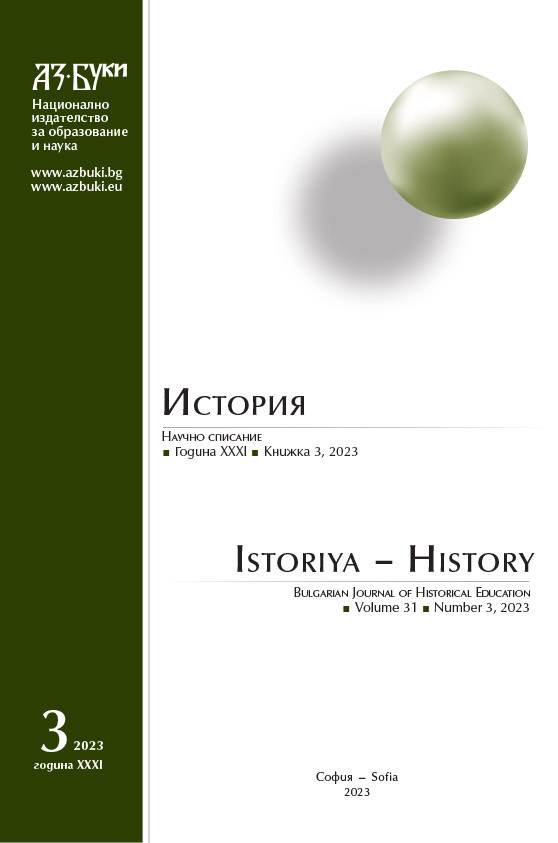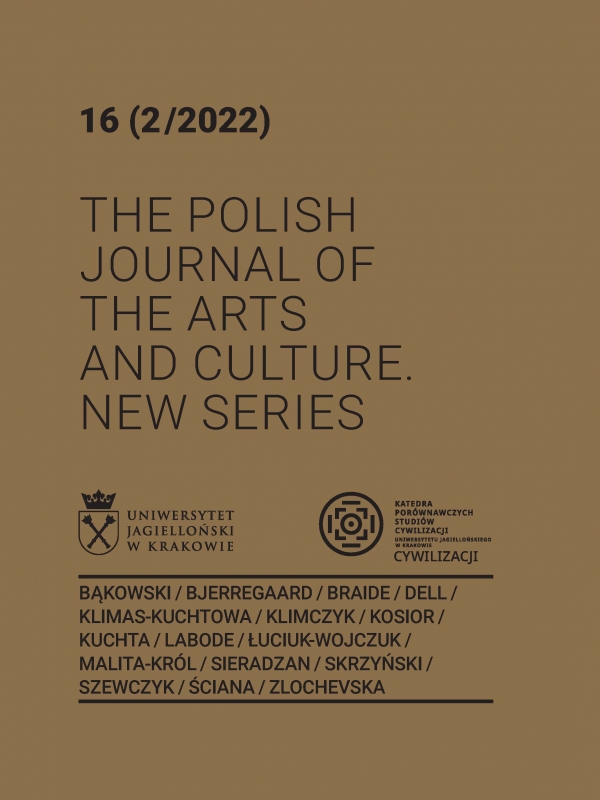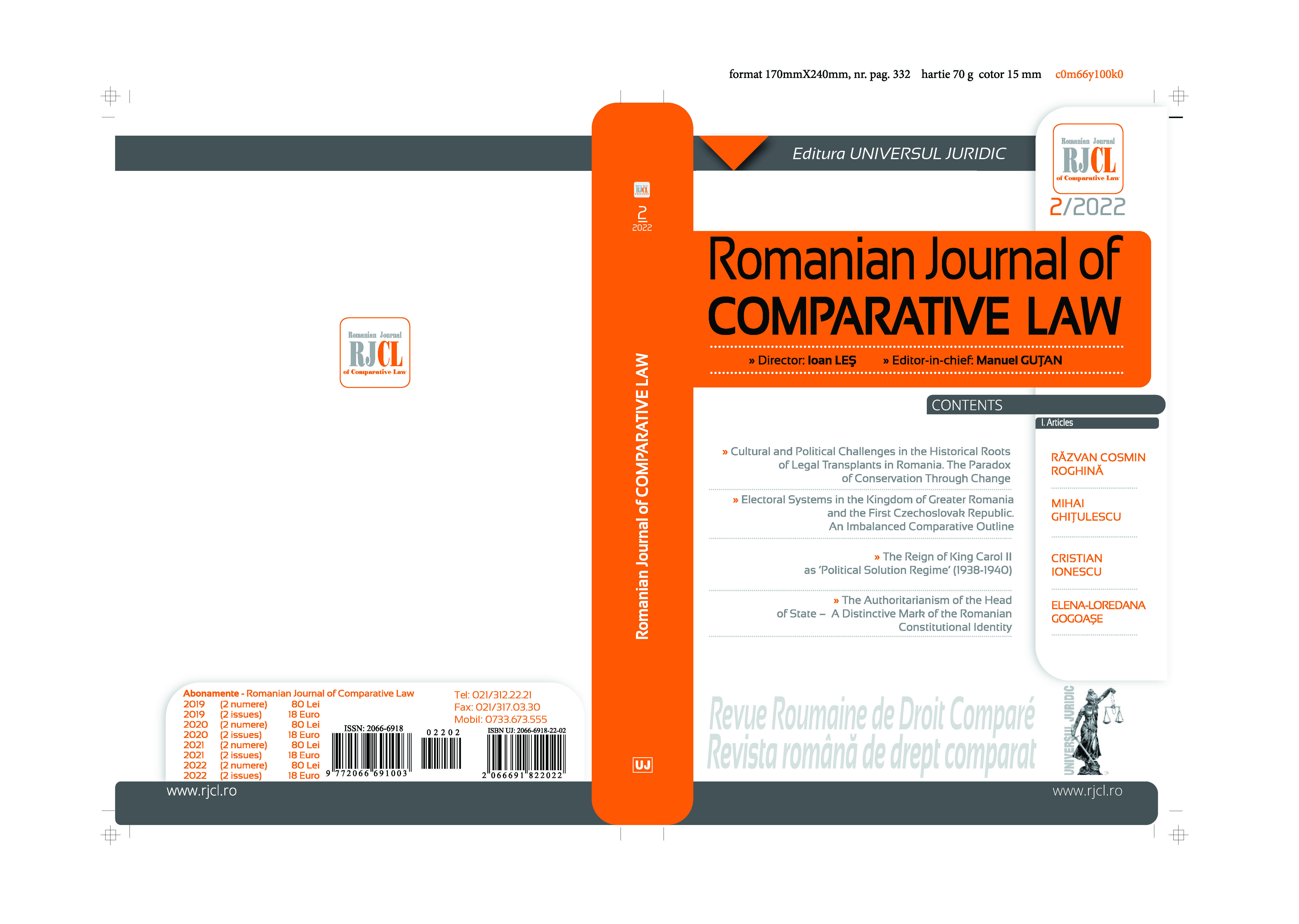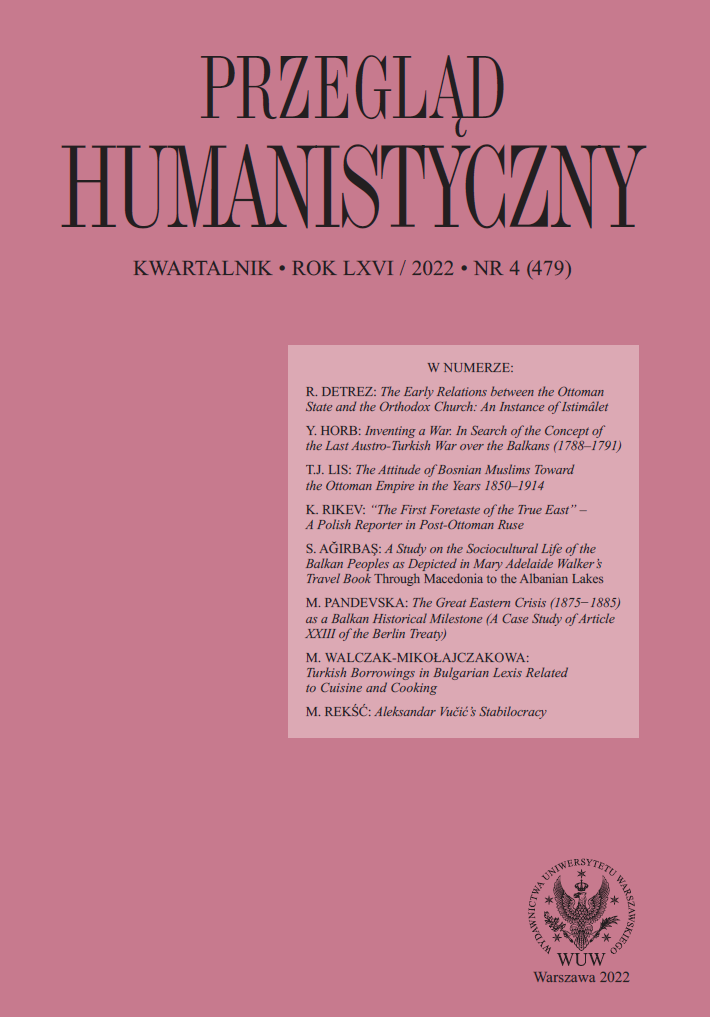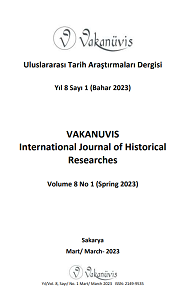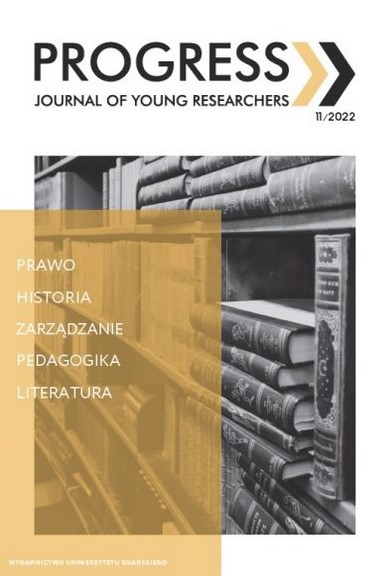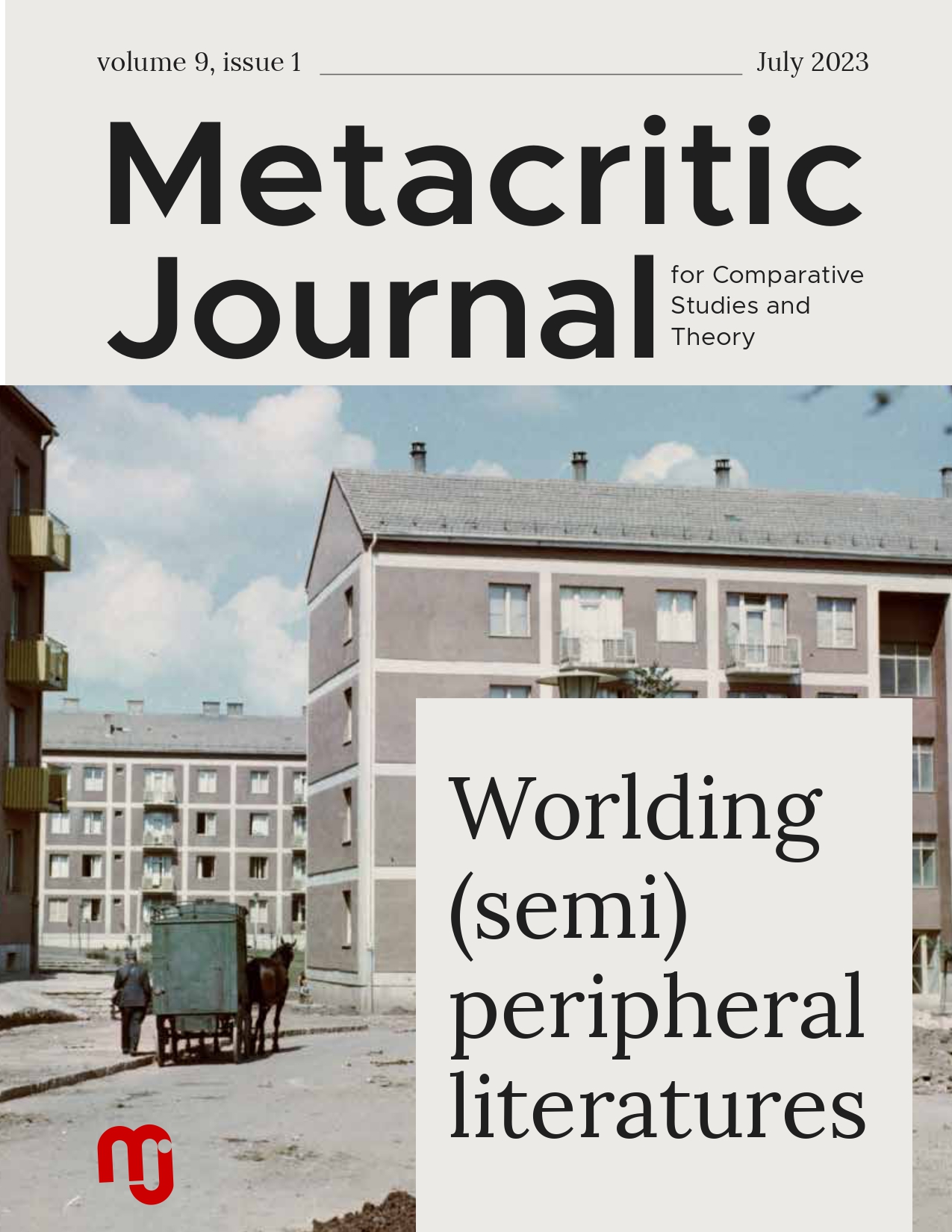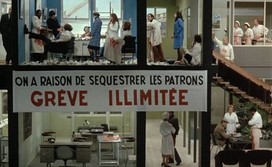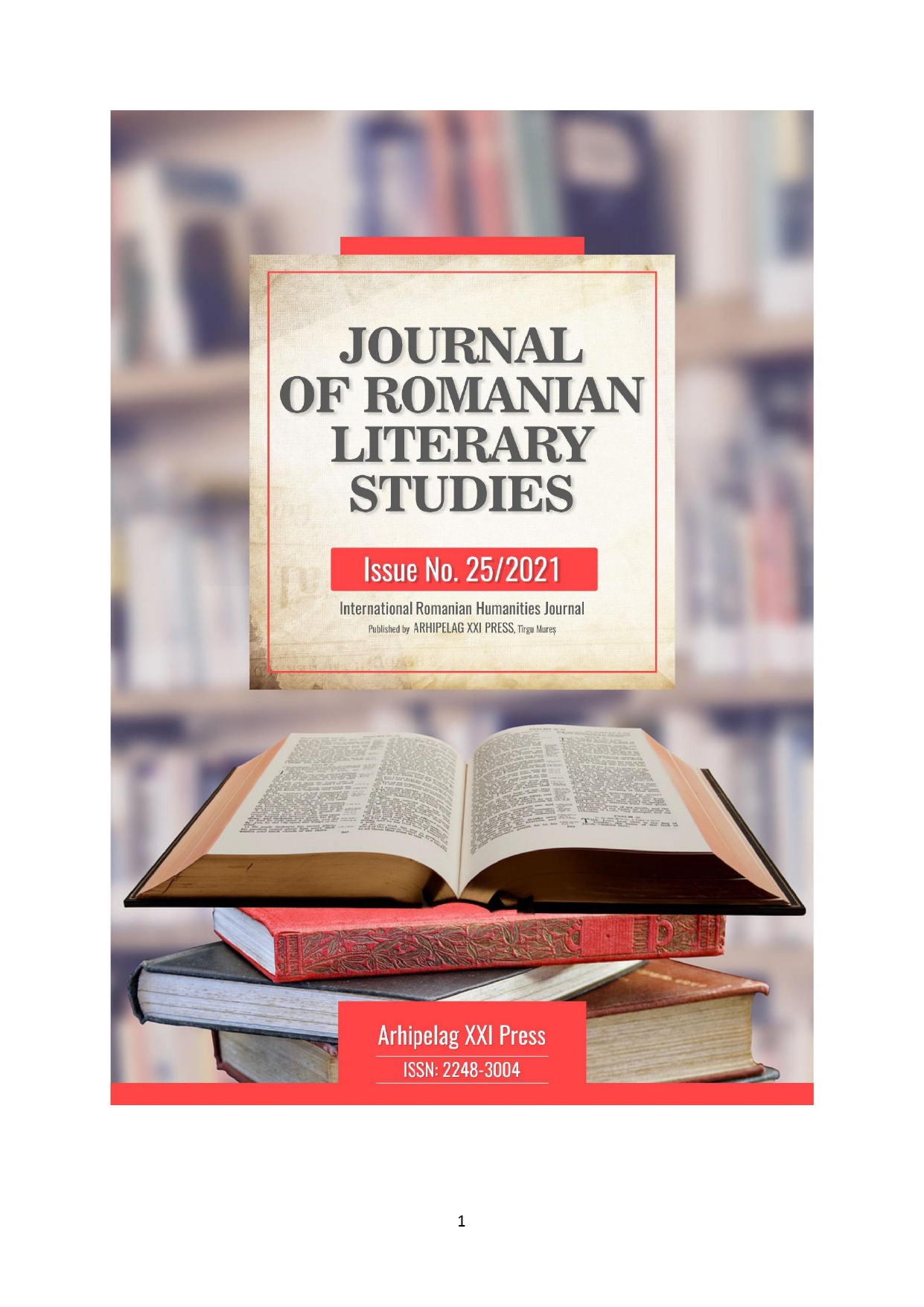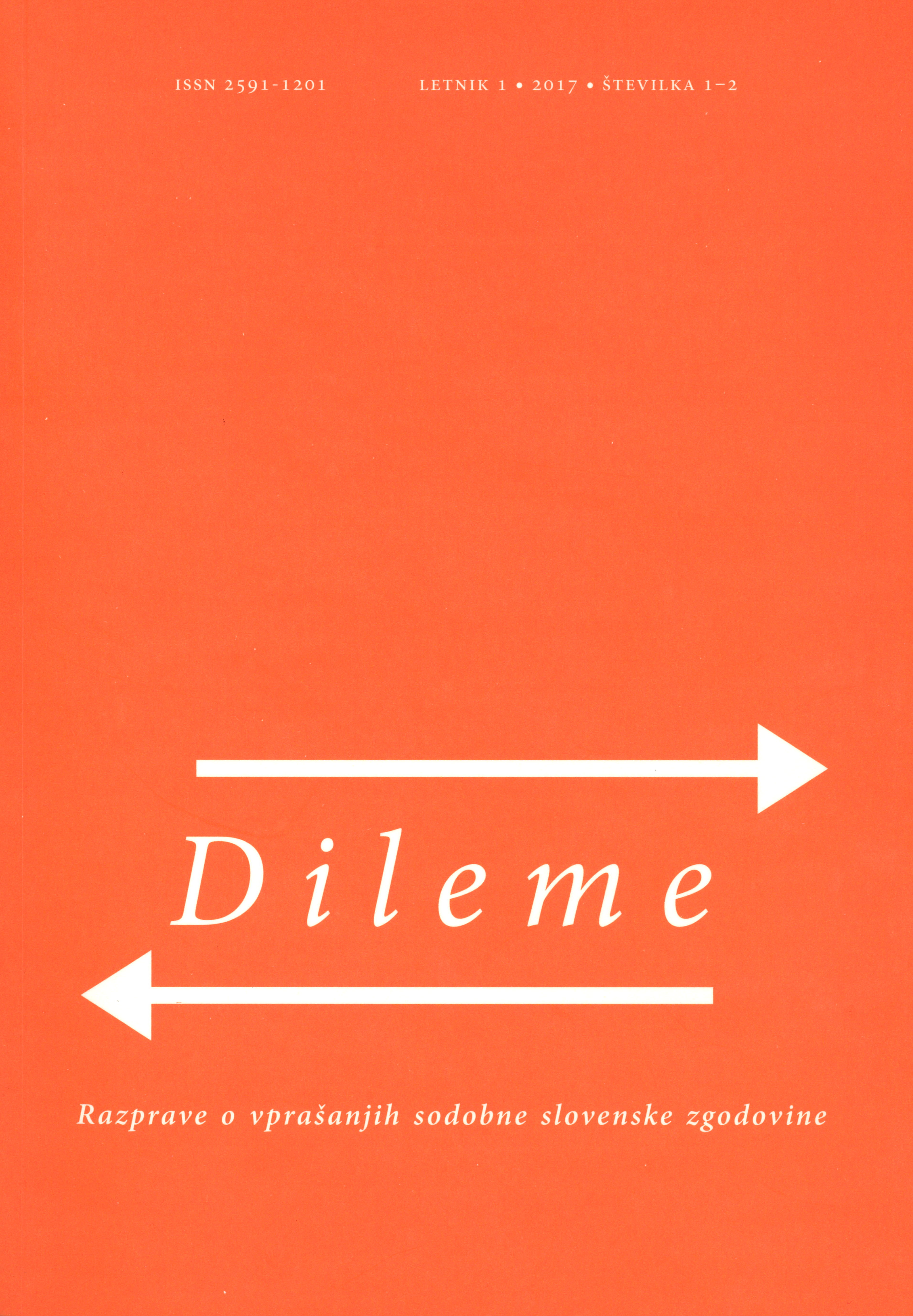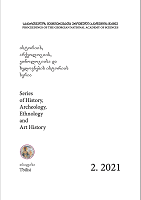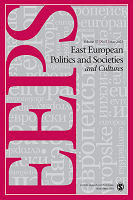Author(s): Mikheil Bakhtadze,PAWEŁ LIBERA / Language(s): Georgian
Issue: 1/2022
By conquering Georgia in March 1921, Soviet Russia completed its occupa-tion of the Caucasus. However, the peoples of the Caucasus, were obstinate and unyielding in their refusal to accept the loss of freedom and launched the anti-Soviet movement. The Georgians were among the most active rebels. Emigrants, politicians, and military men who remained in Georgia and fought for the resto-ration of the state independence realized that removing the Bolsheviks from the Caucasus would be difficult without foreign aid. Poland, more than any other Eu-ropean country, has shown a strong desire to see the Caucasus regain its freedom. It endeavored to rally all of its forces against Soviet Russia, the country’s most hostile neighbor. As a result, it is no surprise that Georgians and Poles had a close relation-ship. Polish archives preserve numerous records dedicated to this union. In this paper, we will look at a document from July 1, 1922, that deals with the national liberation movement in the Caucasus. The paper is kept in the Fund of Colonel Leon Bobicki, the Polish State’s Military Attaché in Constantinople, in the Archive of New History of Poland, Archiwum Akt Nowych.Colonel Bobicki used to send the information about the South Caucasus to the Polish General Staff. Dr. Pawel Libera was the first to publish the document in Pol-ish. The document has six typewritten pages in Polish. It is a report from the Polish military attaché stationed in Constantinople to the Polish Army General Staff in Warsaw. The report of General Bobicki can be conventionally divided into two parts: military and political. On the first pages of the document, the Polish military attaché evaluates the military power of the four Caucasian republics needed for the uprising. His assessments are quite detailed (the manpower and armament of each party and the like). In the end, Bobicki concludes that 10-million population of the Caucasus can engage 285,000 fighters, who will need assistance first and foremost in terms of arms supply. In his assessment of the military situation, Colonel Bobicki evidently relies on the information provided by the Georgians: we can see a piece of information from his letter in Valiko Jugeli’s report, and still another piece in General Zakariadze’s report. Both Georgians delivered their reports on future up-rising in Constantinople in June and September of 1922, respectively. As for the political section of Colonel Bobicki’s report, it presents the analysis of the situation and anti-Bolshevik sentiments in the Caucasus. As for the political analysis of the situation in the region, we believe that it must be written by the Colonel himself, based on the information available to him. Leon Bobicki emphasizes anti-Russian and anti-Bolshevik sentiments in Georgia, Azerbaijan and the North Caucasus, as he describes the political situation in the Caucasus He emphasizes that the situa-tion in Armenia is different, mostly primarily to the fear of Turkey, and that pro-Russian sentiments are strong. Many letters written in 1922-1924 regarding the organization of the pan-Caucasian anti-Soviet uprising emphasize Turkey’s pivotal role. Colonel Bobicki says in the document we are looking at: “The feasibility of forming a single front, among other things, depends on whether an agreement can be reached with Turkey, what will be decisive, as will the issue of military sup-plies. Turkey’s neutrality is half the battle won; the peoples of the Caucasus must win the other half, albeit with the indirect aid of countries that do not want a great and indivisible Russia restored.” Turkey’s neutrality, at the very least, provided a strong rear to the insurgents. At the same time, it would have allayed Armenian fears of possible Turkish aggression while also bolstering anti-Russian sentiment. “The military and economic interests require the Polish authorities to pursue an active policy in the Caucasus,” writes Poland’s military attaché at the end of the document, adding that “these issues require immediate action so that when great forces begin to act in the Caucasus, Poland will not find itself isolated.
More...
